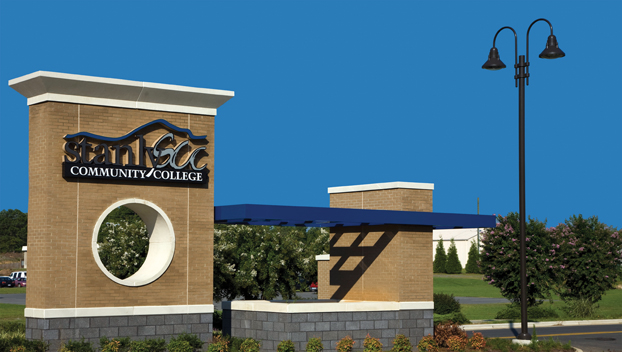
News
Stanly Community College hosts book club via Zoom
To encourage reading in the community, Stanly Community College will host a free book club open to the ... Read more

To encourage reading in the community, Stanly Community College will host a free book club open to the ... Read more
Coronavirus cases have been on the rise over the past few weeks. On Friday, the Stanly County Health ... Read more

Stanly Community College’s new educational trades facility took a key step towards becoming a reality last week when ... Read more

The Stanly Community College (SCC) Phi Beta Lambda (PBL) chapter recently returned from its State Leadership Conference and ... Read more

The Soap Bubble Circus will be part of Stanly Community College’s 50th anniversary finale and concert from 3-6 ... Read more

There are many benefits to learning and practicing life skills as a high school student. For example, being ... Read more

Stanly Community College has been celebrating its golden anniversary for almost a year now, but it is the ... Read more

Stanly Community College (SCC) recently held its annual induction ceremony for the Alpha Psi Upsilon Chapter of Phi ... Read more

Stanly Community College (SCC) recently released information on its spring graduates. The Class of 2022 graduated with personalized ... Read more

Stanly Community College President Dr. John Enamait has signed many articulation agreements with various universities during his tenure, ... Read more